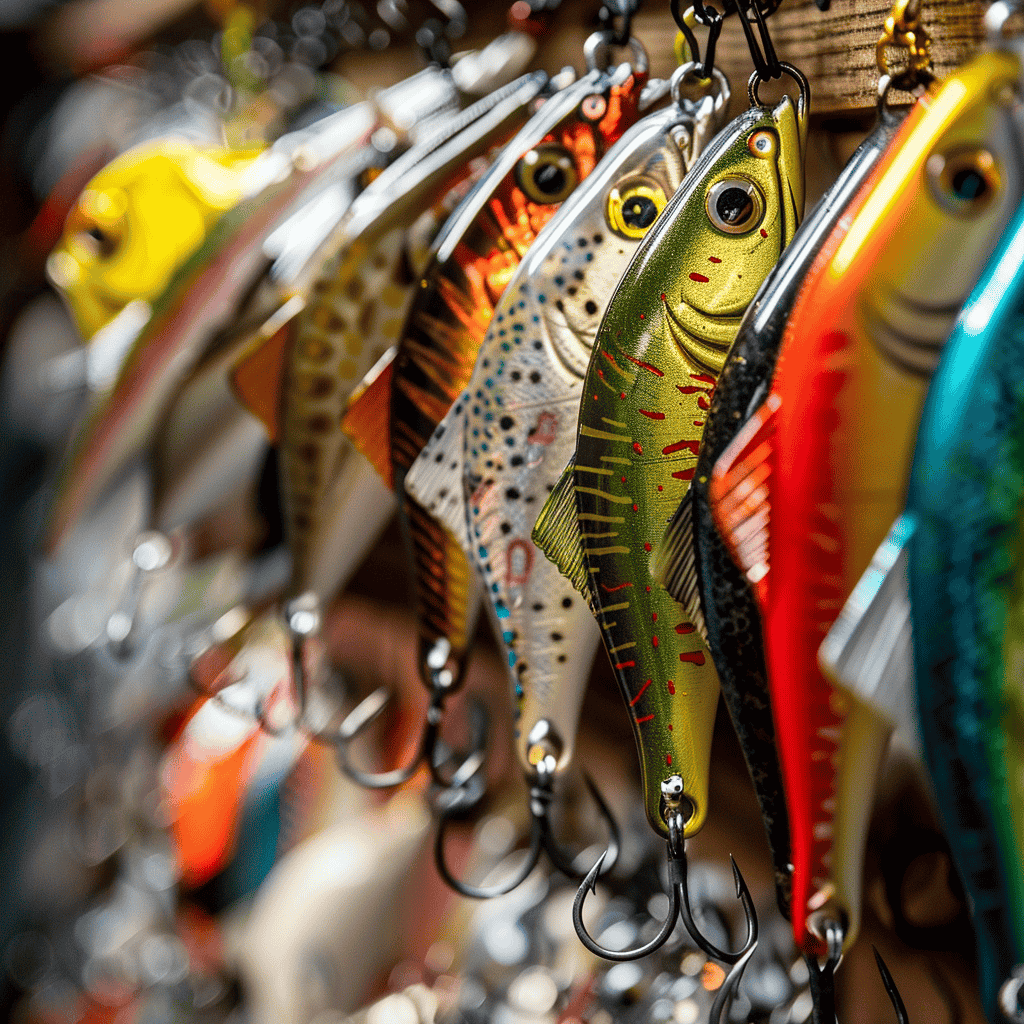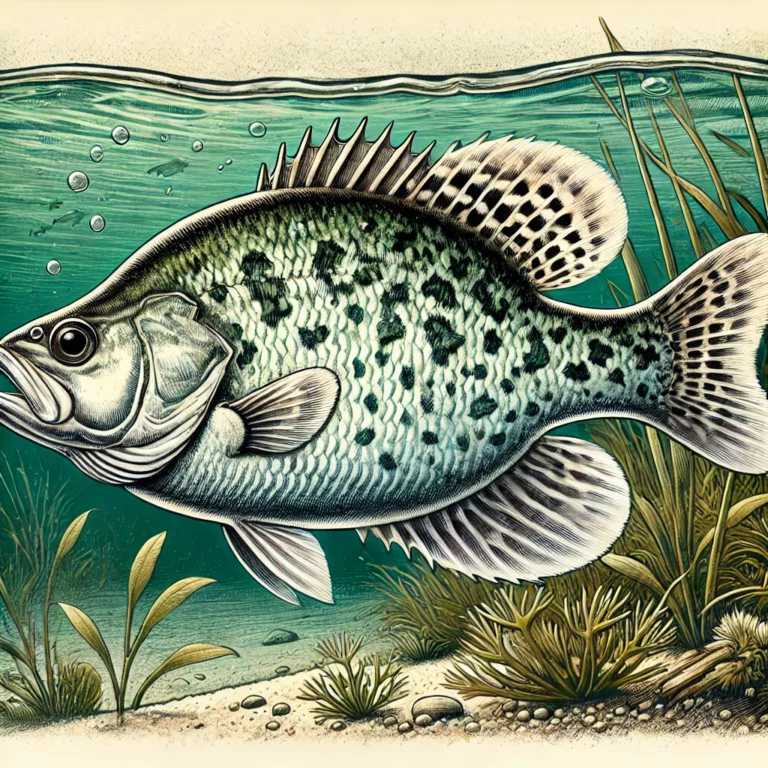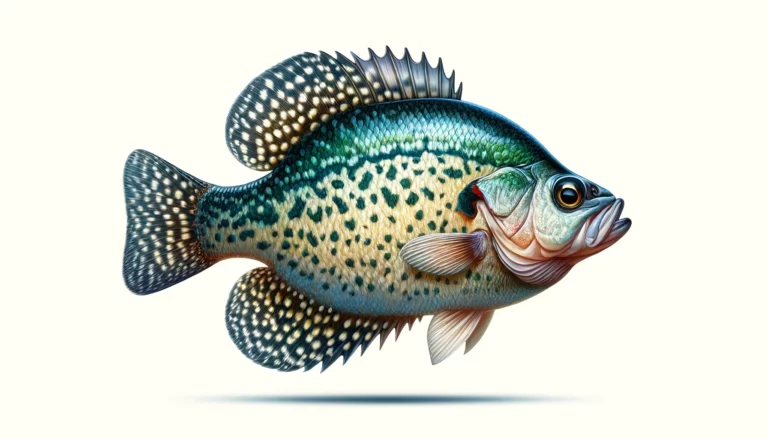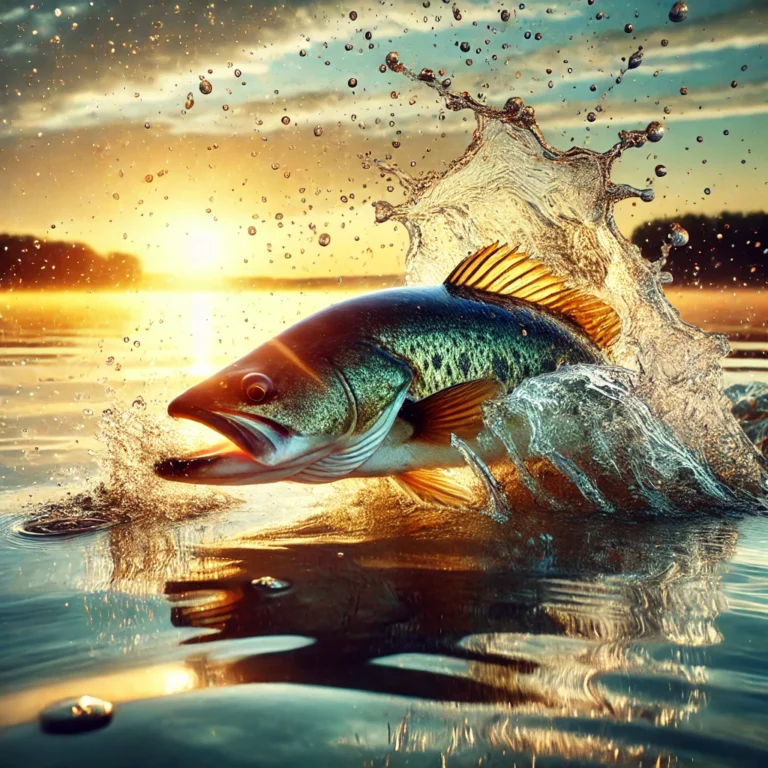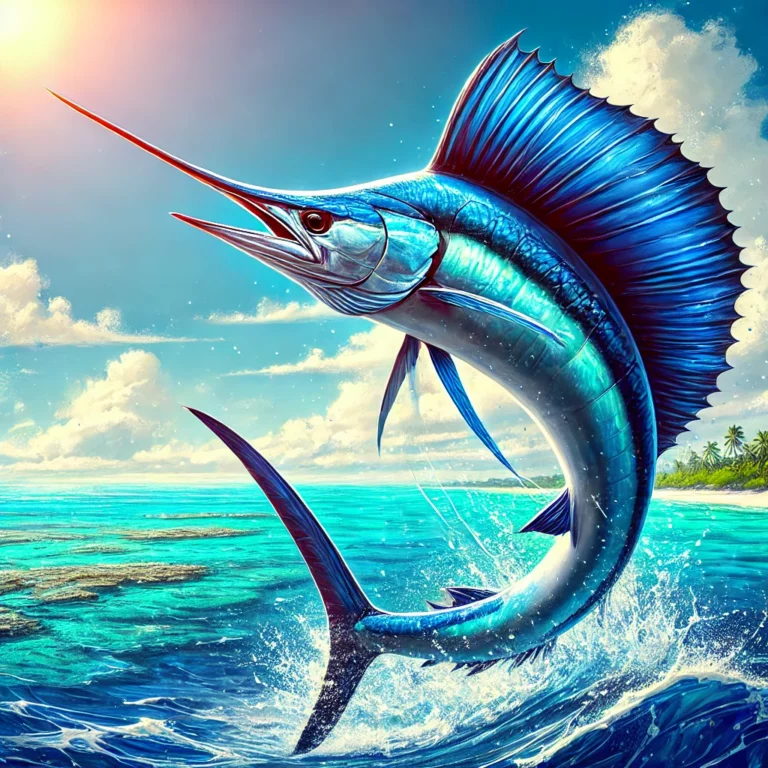6 Essential Crappie Lures You Need in Your Tackle Box
Crappie fishing is a rewarding pursuit, and having the right lures can significantly increase your success.
Here are six essential crappie lures that should be in every angler’s tackle box, along with a brief description and the most effective method for each.
1. Jigging Minnow

Description: The jigging minnow is a classic crappie lure designed to mimic small baitfish. It typically features a soft plastic body attached to a jig head, often with a feather or plastic tail to enhance movement.
Most Effective Method:
- Vertical Jigging: Drop the jigging minnow straight down near structures like submerged trees or brush piles. Use a slow, up-and-down jigging motion to attract crappie. This technique allows you to keep the lure in the strike zone longer, increasing your chances of a bite. It’s especially effective during the colder months when crappie are less active and prefer a slower presentation.
- Tip: Use a light jig head (1/32 to 1/16 ounce) for a slow fall, which crappie find irresistible. Vary the jigging speed and height until you find what the fish are responding to.
2. Soft Plastic Grubs
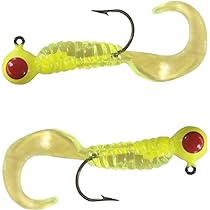
Description: Soft plastic grubs come in various colors and sizes, usually featuring a curly tail that creates enticing action in the water. They can be paired with jig heads to suit different fishing conditions. Grubs are versatile lures that can mimic a variety of prey, making them a staple in any crappie angler’s tackle box.
Most Effective Method:
- Casting and Retrieving: Cast the grub near structures or cover where crappie are likely to be hiding. Retrieve it slowly with occasional twitches to simulate a struggling baitfish. This method is effective in both clear and murky water as the curly tail creates vibrations that attract crappie.
- Tip: White, chartreuse, and black are effective colors. Experiment with different colors to see what works best in your local waters. During sunny days, lighter colors can be more visible, while darker colors may work better on cloudy days or in murky water.
3. Tube Jigs
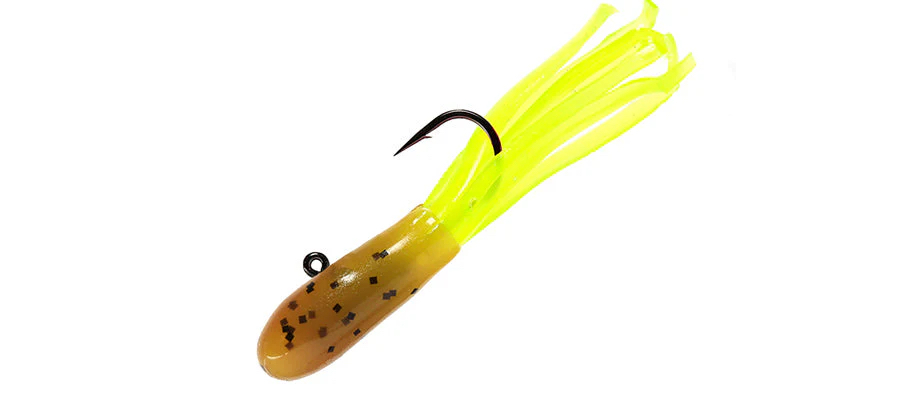
Description: Tube jigs are cylindrical soft plastic lures with a hollow body and tentacle-like tails. They create subtle movements that can entice even the most finicky crappie. The tentacles flutter with the slightest movement, making them ideal for slow presentations.
Most Effective Method:
- Dipping and Doodling: Drop the tube jig into tight spaces within heavy cover or around dock pilings. Gently lift and lower the rod tip to make the lure dance in place. This method allows you to fish in the crappie’s hiding spots without moving the lure too far out of the strike zone.
- Tip: Use a weedless jig head to prevent snagging when fishing in thick cover. The hollow body of the tube jig can also be filled with scent or small pieces of bait to increase its attractiveness.
4. Spinnerbaits
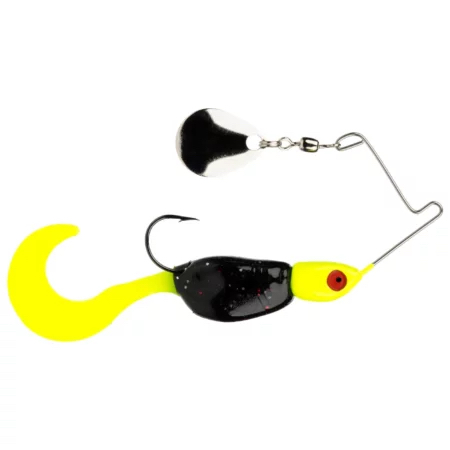
Description: Spinnerbaits for crappie are smaller versions of those used for bass, featuring a lead head, a wire arm, and one or more spinning blades that flash and vibrate to attract fish. These lures combine the visual appeal of the blades with the action of the attached soft plastic body.
Most Effective Method:
- Slow Rolling: Cast the Spinnerbait and retrieve it slowly, allowing the blades to spin and create a flash in the water. This method works well in murky water or low-light conditions where crappie rely more on their lateral line to detect vibrations.
- Tip: Choose spinnerbaits with silver or gold blades, as these colors mimic baitfish scales. The added flash can draw crappie from a distance, especially in stained or dark waters.
5. Crankbaits
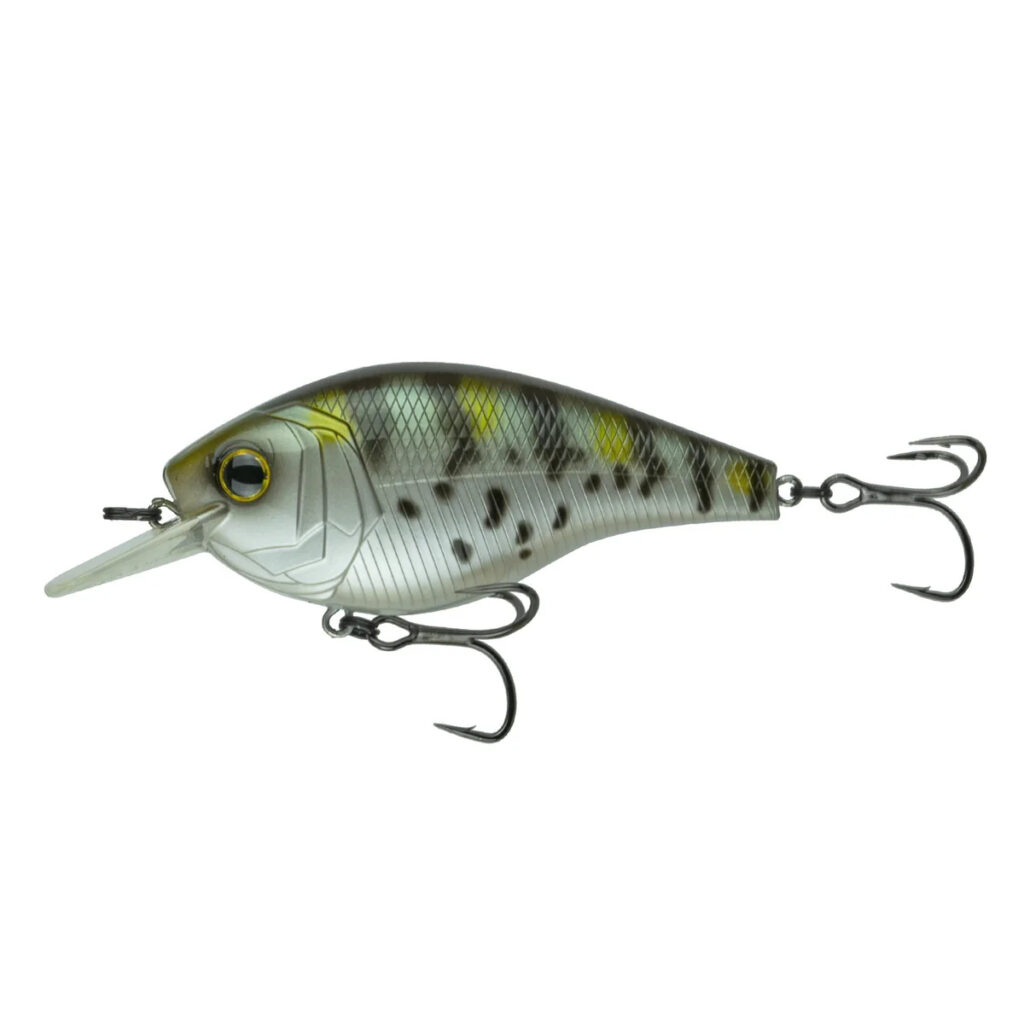
Description: Crankbaits are hard-bodied lures designed to dive to specific depths and mimic the swimming action of small fish. They come in various shapes, sizes, and colors. Crankbaits are effective for covering large areas quickly, making them great for locating schools of crappie.
Most Effective Method:
- Trolling: Use a slow trolling speed to cover a large area and locate schools of crappie. Crankbaits that dive to mid-depths (4-8 feet) are typically effective. This method is particularly useful in larger bodies of water where crappie can be spread out.
- Tip: Look for crankbaits with a tight wobble and a natural color pattern. Match the hatch by choosing colors that resemble the local forage species.
6. Marabou Jigs
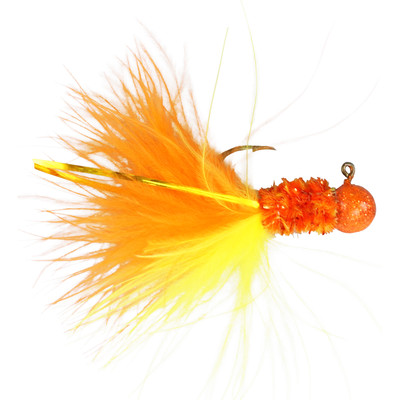
Description: Marabou jigs feature a jig head with a fluffy, feather-like tail made from marabou. These jigs create a lifelike, pulsing action that can be highly attractive to crappie. The soft feathers move naturally in the water, even with minimal movement from the angler.
Most Effective Method:
- Casting and Suspending: Cast the marabou jig out and let it sink to the desired depth. Retrieve it slowly with a steady hand, allowing the marabou tail to undulate and mimic small prey. This technique is effective in both shallow and deep water.
- Tip: Use a slip bobber to maintain the jig at a consistent depth, especially when fishing over submerged structures. Adjust the bobber stop to set the depth according to where crappie are holding.
Conclusion
Having these six crappie lures in your tackle box will greatly enhance your crappie fishing experience.
Each of these crappie lures has its unique characteristics and effective methods, allowing you to adapt to different fishing conditions and crappie behaviors.
Experiment with these crappie lures and techniques to find what works best for you, and you’ll be well on your way to a successful day on the water.
As always tight lines and happy fishing!


